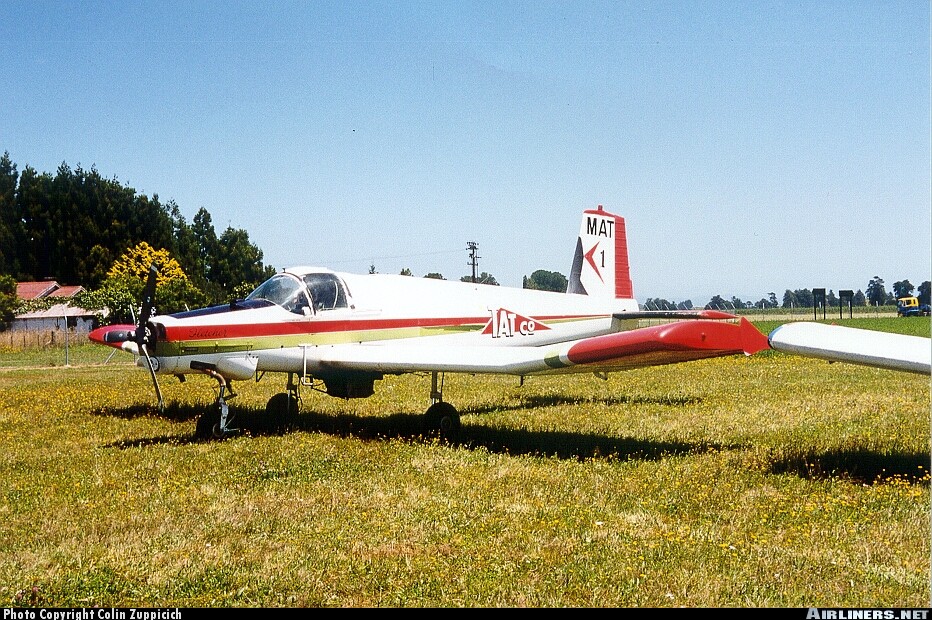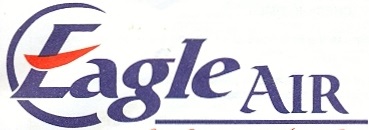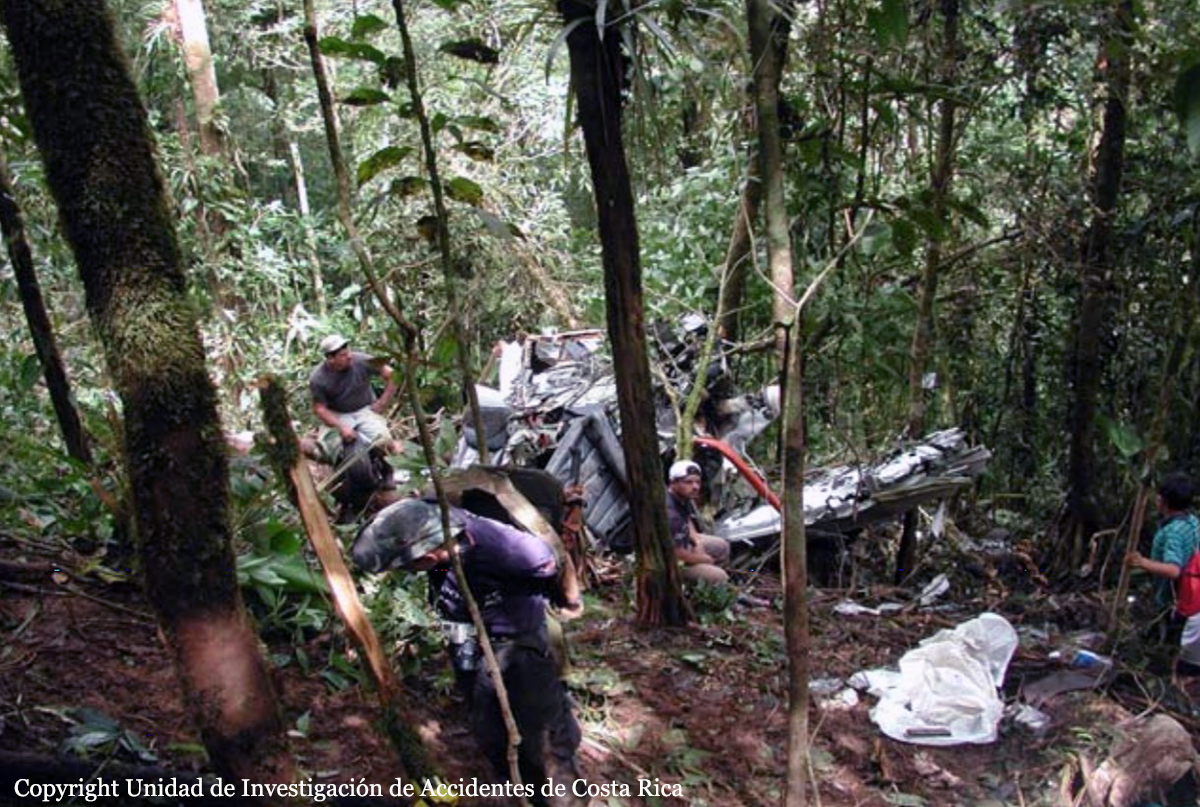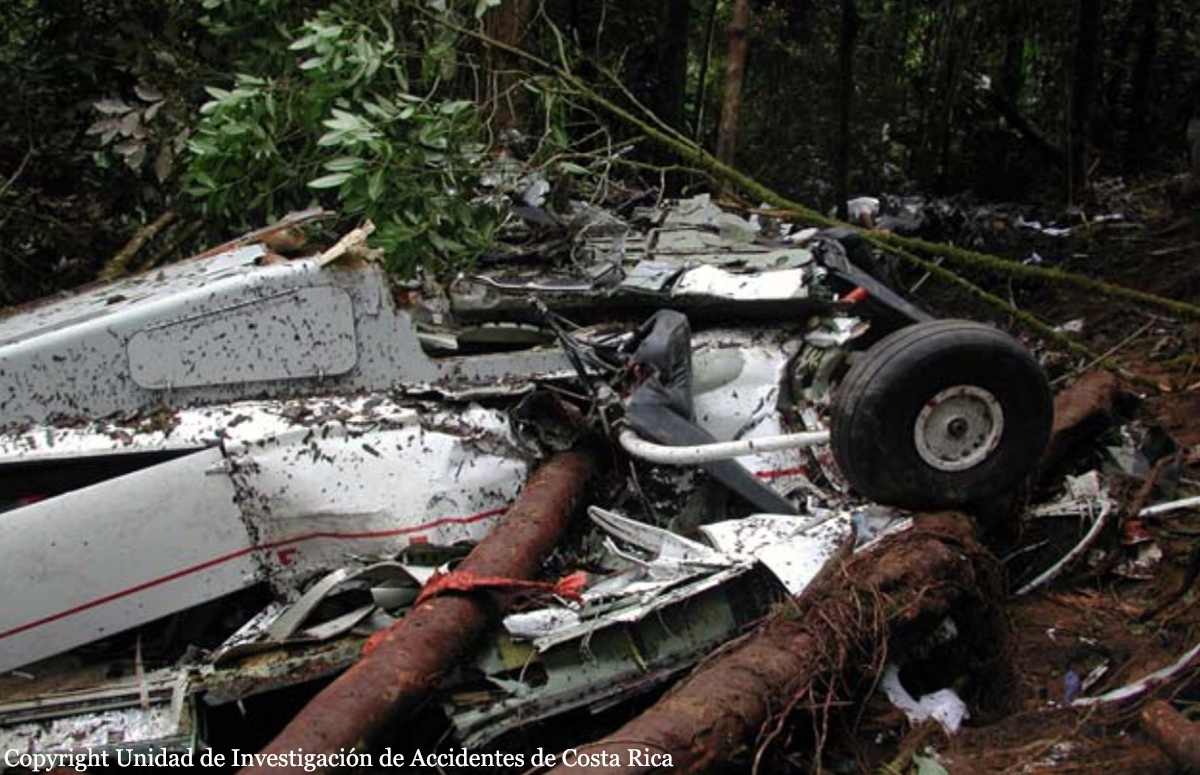Crash of a Cessna 441 Conquest II near Río Grande: 5 killed
Date & Time:
Jan 5, 2002 at 1423 LT
Registration:
N441AW
Survivors:
No
Schedule:
Culebra – San Juan
MSN:
441-0199
YOM:
1981
Crew on board:
1
Crew fatalities:
Pax on board:
4
Pax fatalities:
Other fatalities:
Total fatalities:
5
Captain / Total hours on type:
1494.00
Aircraft flight hours:
5200
Circumstances:
The pilot was on a visual rules flight from Culebra, Puerto Rico to San Juan, Puerto Rico. No flight plan was filed and a weather briefing was not obtained. The pilot contacted San Juan Radar Approach Control 10 miles east of Fajardo, Puerto Rico and the controller stated the airplane was in radar contact 3 miles east of Fajardo airport. The pilot was instructed to enter a right downwind for runway 10 south of plaza Carolina. The pilot acknowledged the transmission and reported he was at 1,600 feet. Two minutes later the controller stated on the radio frequency, radar contact was lost. The airplane was located by ground personnel on the side of El Yunque Mountain. Review of weather data revealed a weak cold front extended over Puerto Rico. Satellite imagery at the time of the accident revealed a band of low clouds obscuring the accident site. A police helicopter pilot who attempted to reach the crash site reported instrument flight conditions. Examination of the airframe, flight controls, engine assemblies and accessories revealed no anomalies.
Probable cause:
The pilot continued visual flight flight into instrument flight conditions resulting in an in-flight collision with terrain. Low clouds were a factor.
Final Report:









